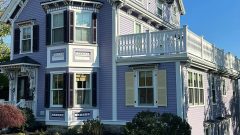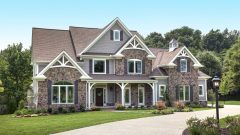How to Pick the Right Siding for Your Home: A Comprehensive Guide
The siding of your home plays a vital role in protecting your home from the elements, but also provides functional benefits like comfort while offering an enhanced aesthetic and curb appeal. Selecting the right siding material, color and style can greatly impact the curb appeal and longevity of your home.
In this comprehensive siding guide, we’ll explore how to choose the perfect one for your home and where to begin—from choosing the necessary materials to deciding on the colors, finishes, styles and textures, to installation and maintenance considerations.
Materials
There are several different and common siding materials from which to choose, each of which offers its own advantages and disadvantages as you decide what is best for your home.
Vinyl: Vinyl siding is a cost-effective and low-maintenance option. It is available in a wide variety of colors, profiles and styles, and it doesn’t require painting or finishing. Vinyl is a top choice for cladding in nearly every region of the U.S., due to its affordability, versatility and ease of maintenance. Royal™ Vinyl Siding and Exterior Portfolio™ siding are both great choices for reliable siding materials if you are completing an exterior renovation.
PVC Composite: PVC Composite material offers the look of wood siding with the low maintenance and durability of vinyl. It is resistant to rot, insects and warping, making it a top choice for homeowners seeking to make an investment in a long-lasting, low-maintenance option. Celect™ Cellular Composite siding offers the look of real painted cedar siding, without the downsides that come along with wood siding maintenance.
Pro Tip – If low maintenance aligns with your lifestyle, explore how vinyl and PVC siding perform while boasting easy upkeep, sustainability benefits and offering a variety of versatility.
Wood: While wood siding offers a classic look and can last for decades if properly maintained, it also requires regular painting or staining and can be susceptible to rot, insects and warping. Wood is a great choice for those who are seeking a classic, natural aesthetic, but is not ideal for those looking for a more cost-effective and low-maintenance option.
Fiber Cement: This siding material is made from a sturdy mixture of cement, sand and wood fibers. It offers the look of wood with increased durability and resistance to rot and insects. However, it can be more expensive than vinyl or wood siding, can require periodic painting and is prone to holding moisture, leading to panel damage and potential mold problems if penetrations and gaps aren’t appropriately treated during the time of installation, which can also pose a health risk to you.
Installation also requires special steps as cutting fiber cement during the process generates respirable crystalline silica, a known human carcinogen, which can lead to silicosis, lung cancer and COPD.
Aluminum: Aluminum siding is lightweight, low maintenance and resistant to rust and corrosion. However, it is more easily prone to denting and should not be installed on a part of the home that gets a lot of wear and tear. It is best used as an accent to create a modern aesthetic on home styles that suit this exterior design.
When choosing the right material for your home, consider factors such as your home’s style, your climate and your budget. Vinyl and PVC composite siding are our top choices for their combination of affordability, durability and low maintenance.
Poly-ash: Poly-ash siding, branded as TruExterior™ Siding, combines a proprietary blend of polymers and fly ash, a byproduct of coal combustion. This unique blend delivers the authentic look of wood yet is resistant to warping, rotting, splitting and insects. The siding is engineered to withstand high humidity and rainy environments, and it resists damage from freezing rain, snow and freeze-thaw conditions, ensuring your home remains well-protected for years to come. Plus, poly-ash siding achieves an authentic wood-like appearance and comes in historically and architecturally accurate profiles. It can be painted any color, including trendy dark hues.
Manufactured Stone Siding: Panelized stone siding, such as Versetta Stone™, delivers the sought-after beauty and texture of stone in a lightweight, easy-to-install panel format that requires no mortar. The panels are engineered to perform in heat, cold, wind and rain, and they are meticulously crafted with premium materials to provide years of low maintenance and beauty.
Colors and Finishes
Selecting the right color and finish for your siding can greatly impact your home’s overall appearance and feel. Here are some tips for making the best choice:
Consider your home’s architectural style and the existing colors of other exterior features such as roofing and window trim. Choose a siding color that complements these existing colors instead of clashing with them.
Take into account your neighborhood’s aesthetic and any homeowners’ association guidelines. You may want to choose a color that fits in with your surroundings or stands out, depending on your preferences or personal style.
Use bolder colors to highlight architectural details such as window trim, shutters, gables or columns. Neutral colors are more appealing for house siding and are surging in popularity. Adding contrast or accent colors can create more visual interest and enhance your home’s curb appeal and overall aesthetic.
One of the standout features of poly-ash siding is the wide range of colors and finishes available. Whether you prefer a classic, timeless look or a more contemporary and vibrant appearance, poly-ash siding such as TruExterior, can be painted in traditional shades of beige, gray and white to bolder hues like deep reds, blues and greens. This versatility allows you to find a color that suits your personal style and complements the architecture of your home.
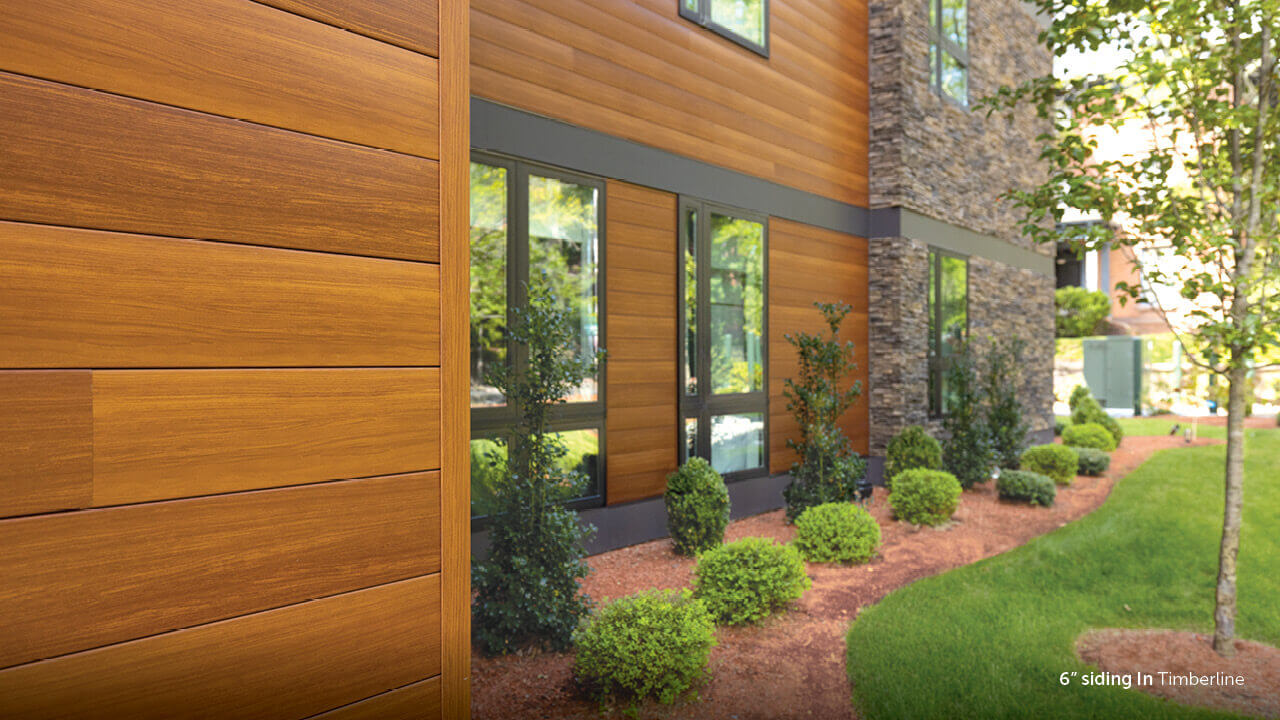
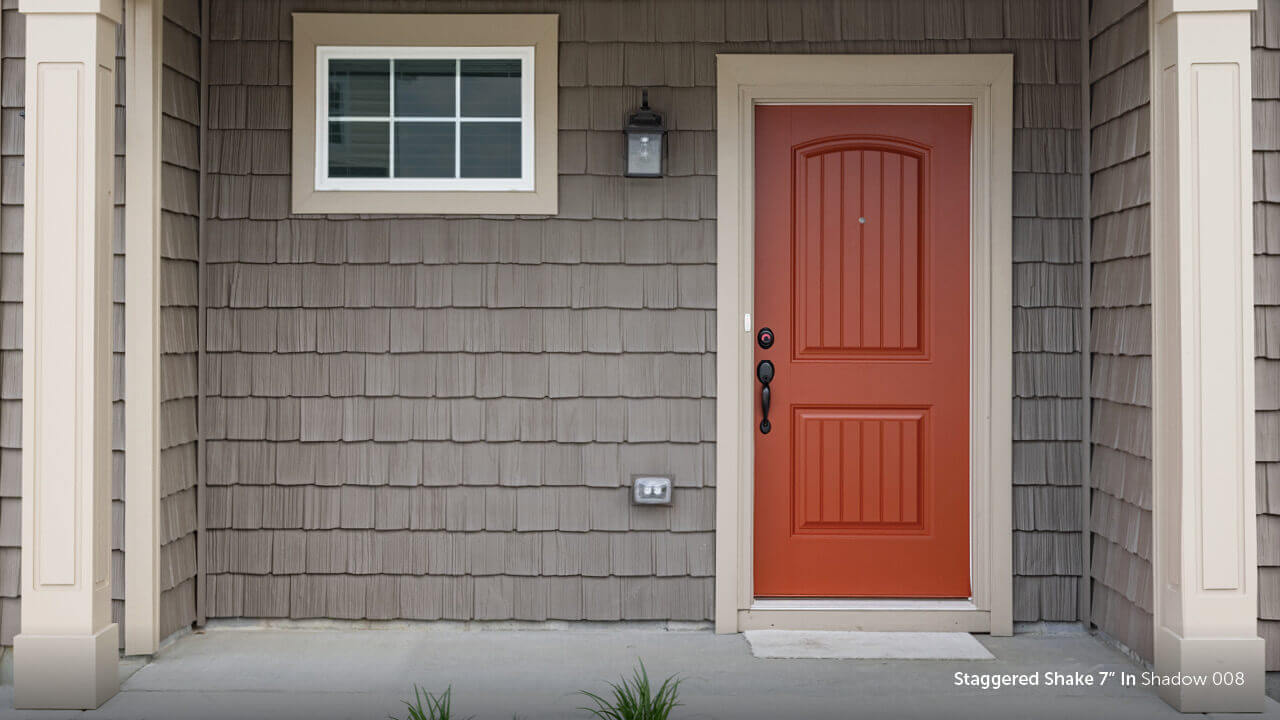
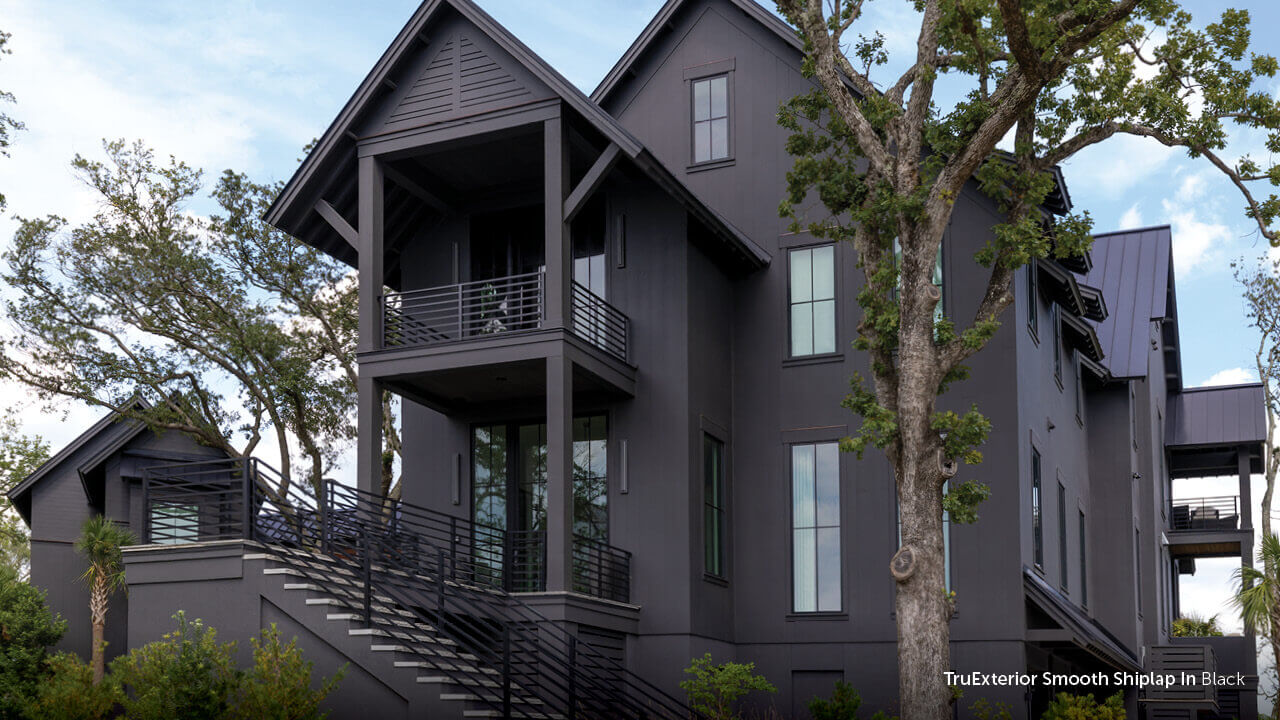
Style and Texture
Different siding styles and textures can significantly impact your home’s appearance. Consider some of the following common options:
Horizontal Lap: This classic style features overlapping horizontal boards and works well with a wide variety of architectural styles, but is popular in ranch, colonial and traditional-style homes.
Shingle: Shingle siding resembles the appearance of wood shingles and can create a rustic or coastal look depending on the material and finish. This is a great option for those living on or near the coast wanting to match the local architectural styles.
Board-and-Batten: This style features wide, vertical boards with narrow strips, or battens, covering the seams. This style of siding is well-suited for traditional or farmhouse-style homes.
Stone: Stone panels are available in various shapes and sizes, allowing for customization and flexibility in achieving the desired look. The authentic textures and realistic patterns of stone panel siding effortlessly mimic the appearance of natural stone, elevating the aesthetic appeal of any home.
When selecting the right style and texture for your siding, consider your home’s architectural style as well as your own personal style and aesthetic preferences.
Maintenance and Durability
It’s essential to consider the maintenance requirements and durability of the material when choosing siding for your home. High-quality siding should not only enhance your home’s appearance but also withstand the test of time and the elements.
Here are some tips for maintaining different types of siding and factors to consider when assessing durability:
Vinyl: Vinyl siding is low maintenance and can be easily cleaned with a soft brush or pressure washer. It doesn’t require painting or staining. The downside is that it may be susceptible to cracking in extreme temperatures, which means it’s best to consider your climate. When choosing vinyl, ensure that you choose a high-quality vinyl siding with UV resistance to prevent fading.
PVC Composite: This material is also low maintenance and doesn’t require painting or staining. It’s resistant to rot, insects and warping, making it a durable choice. Regular cleaning with a soft brush or pressure washer will keep it looking its best.
Wood: Wood siding requires more maintenance than other materials. Regular painting or staining is necessary to protect the wood from rot, insects, mildew and warping. Additionally, wood siding should be inspected regularly for signs of damage, and repairs should be done promptly to prevent more damage.
Fiber Cement: While fiber cement siding is more durable than wood, it may still require periodic painting to maintain its appearance. It’s generally resistant to rot and insects, but it is susceptible to moisture and should also be regularly inspected for signs of damage or wear.
Aluminum: Aluminum siding is low maintenance, but it can be prone to denting, fading or chalking over time. Regular cleaning and the application of a protective coating can help maintain its overall appearance.
Poly-ash: When investing in siding for your home, durability and ease of maintenance are key considerations. Poly-ash siding excels in both aspects. As a composite material, it is highly resistant to moisture, making it impervious to rot, warping and cracking. Unlike wood siding, which requires regular painting and sealing to maintain its appearance, poly-ash siding is virtually maintenance-free.
A simple rinse with a garden hose is often sufficient to keep it looking clean and fresh. Moreover, poly-ash siding does not fade or discolor over time, thanks to its exceptional UV resistance, ensuring that your home maintains its vibrant appearance for years without the need for constant upkeep.
Manufactured Stone: One of the major advantages of Versetta Stone panel siding is its exceptional durability and low maintenance requirements. Unlike natural stone, which may require regular sealing and cleaning, this panel siding is engineered to be virtually maintenance-free. It is resistant to cracking, chipping and fading, ensuring that your home’s exterior remains beautiful and vibrant for years to come. Additionally, Versetta Stone panel siding is designed to withstand the elements, including extreme temperatures, moisture and UV exposure, providing long-lasting protection and preserving its appearance over time.
When assessing durability, it is important to consider factors such as the local climate, the quality of the material and the manufacturer’s warranty. Vinyl and PVC composite siding are top choices for their durability and low maintenance requirements.
Cost and Installation
The cost and installation process for exterior siding can vary depending on several factors, including the material, labor and size of your home. However, new siding boasts financial savings through increased energy efficiency, reduced maintenance, improved structural integrity and greater curb appeal. Depending on the type of siding installed, homeowners can recoup up to 63-76% of the upfront cost.
Vinyl: Vinyl siding is typically the most affordable option and can be relatively easy to install. Proper installation is crucial for ensuring the siding’s performance and longevity.
PVC Composite: PVC composite siding can be more expensive than vinyl, but is still a cost-effective choice considering its durability and low maintenance requirements. The installation process and recommendations are similar to that of vinyl siding.
Wood: Wood siding can vary in price depending on the type of wood and finish. Installation can be more labor-intensive and time-consuming than other materials, which may increase the overall costs.
Fiber Cement: This material can be more expensive than vinyl or wood siding due to its increased durability and resistance to rot and insects. Safe installation usually will require specialized tools, PPE and skills, which may add to the overall costs.
Aluminum: Aluminum siding is generally affordable but can be more challenging to install than vinyl, as it requires careful handling to avoid denting.
While DIY installation may seem like a cost-saving or exciting exterior renovation option, it’s not recommended. Improper installation can void the manufacturer’s warranty and lead to performance issues. Hiring a professional ensures that all exterior siding is installed correctly and will last for years to come.
Choosing the right siding for your home is an important decision that requires careful consideration of all factors. While Vinyl and PVC composite siding stand out as top choices for their affordability, durability and low maintenance requirements, a variety of options remain to help bring your design vision to life, while increasing your home’s value without breaking the bank. By taking the time to evaluate all aspects of your exterior siding choices you can create a beautiful and long-lasting exterior for your home that enhances its value and curb appeal.

